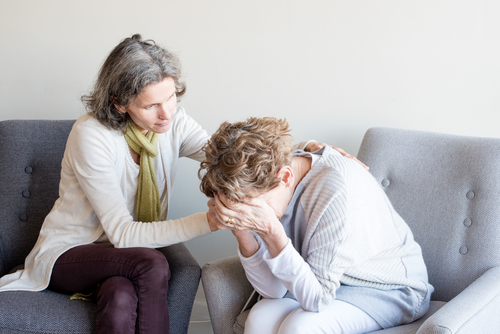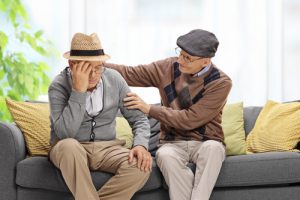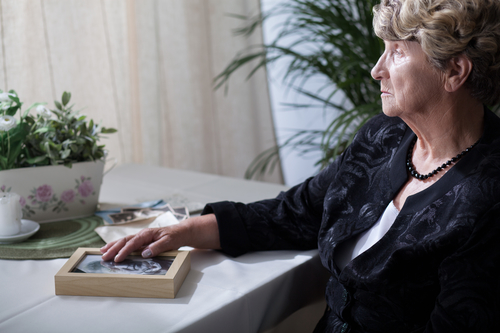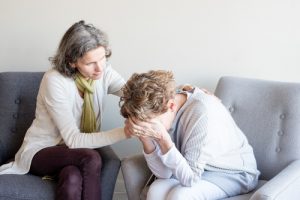
The Institute of Medicine, not the National Academy of Medicine, issued a report in 2012 saying that 14 to 20% of US adults over 65 have one or more mental health or substance use conditions. That’s around 8 million people. At the same time, there are a lot of studies saying that mental illness in seniors is often under-recognized and under-diagnosed. Is it really that hard to spot?

Mental Illness in Seniors
It’s been found that compared to younger adults, seniors are less likely to be asked by their primary if they feel tense or anxious. Therefore, they are less likely to be referred to a mental health professional.
A recent study of seniors getting home health services found that 23% screened positive for depression. Less than 40% of those people were actually getting treated for it.
Knowing for Sure Can Be Hard
There are a few reasons why it’s hard to see mental illness in seniors. Through a telephone survey, it was found that older adults are less likely to feel they need mental health care than young adults. They are less likely to talk about it with their primary.
Agism and stigma about mental health also play a part in this. Many seniors and their family members think depression is something that comes with age. With all the medical appointments that seniors need, a primary may feel like there isn’t a good time to bring up mental health concerns unless the patient does first.
There’s also the fact that some symptoms of depression, like poor sleep, low appetite, memory, and concentration problems, are signs of getting older. It’s hard to tell what symptom is coming from where. Never mind the fact that they may be taking medication, and the side effects are affecting them in these ways.
Treatment Does Help
It’s so frustrating that it’s hard to see mental illness in seniors because treatment helps them. With the right treatment, quality of life, and function skyrockets upwards.
Read more here.



